上海建设现代服务型国际航运中心的战略研究
摘要2009年4月14日,国务院发布《关于推进上海加快发展现代服务业和先进制造业建设国际金融中心和国际航运中心的意见》,按照党中央、国务院指示,提升现代服务业水平,实现城市经济转型升级,加快建设国际航运中心以及国际金融中心是上海的重要任务。目前,上海国际航运中心的建设在硬实力方面已经取得较大进步,但在软实力,特别是航运服务业方面与国际著名的航运中心,如纽约、伦敦、香港、新加坡、鹿特丹等相比仍然差距明显,上海国际航运中心尚未建成,任务依然艰巨。同时,上海城市经济存在明显的现代服务性功能缺失,而这种缺失也影响着上海经济结构的转型升级。所以,国家建设国际金融中心以及建设国际航运中心便为上海转型发展提...
相关推荐
-
XX中学英语学科质量提升计划书VIP免费
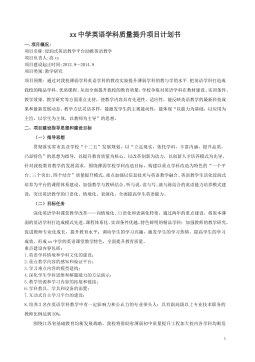
 2025-01-09 8
2025-01-09 8 -
VIPKID-美国小学在家上-在线英语学习项目商业计划书VIP免费

 2025-01-09 8
2025-01-09 8 -
English TV--英语学习智能视频平台创业商业计划书VIP免费

 2025-01-09 10
2025-01-09 10 -
English TV,4--英语学习智能视频平台商业计划书VIP免费

 2025-01-09 12
2025-01-09 12 -
260Educotton-让孩子快乐学习英语的平板电脑商业计划书VIP免费

 2025-01-09 11
2025-01-09 11 -
XX英语学校创业策划书VIP免费

 2025-01-09 10
2025-01-09 10 -
Ustudy-K12英语在线学习产品商业计划书VIP免费
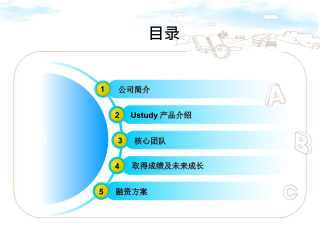
 2025-01-09 11
2025-01-09 11 -
Strawberry English School (SES)英语培训学校计划书VIP免费
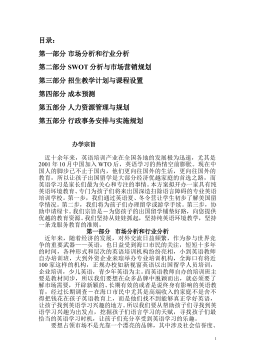
 2025-01-09 13
2025-01-09 13 -
《天中英语智能电子公司创业商业计划书》VIP免费
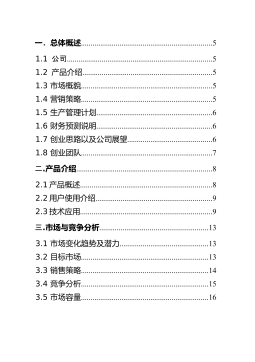
 2025-01-09 13
2025-01-09 13 -
XXXX少儿英语培训学校创业计划书VIP免费
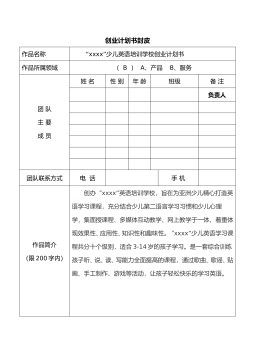
 2025-01-09 13
2025-01-09 13
作者详情
相关内容
-

XX英语学校创业策划书
分类:中小学教育资料
时间:2025-01-09
标签:无
格式:WPS
价格:10 积分
-

Ustudy-K12英语在线学习产品商业计划书
分类:中小学教育资料
时间:2025-01-09
标签:无
格式:PPTX
价格:10 积分
-

Strawberry English School (SES)英语培训学校计划书
分类:中小学教育资料
时间:2025-01-09
标签:无
格式:DOC
价格:10 积分
-

《天中英语智能电子公司创业商业计划书》
分类:中小学教育资料
时间:2025-01-09
标签:无
格式:DOC
价格:10 积分
-

XXXX少儿英语培训学校创业计划书
分类:中小学教育资料
时间:2025-01-09
标签:无
格式:DOC
价格:10 积分






